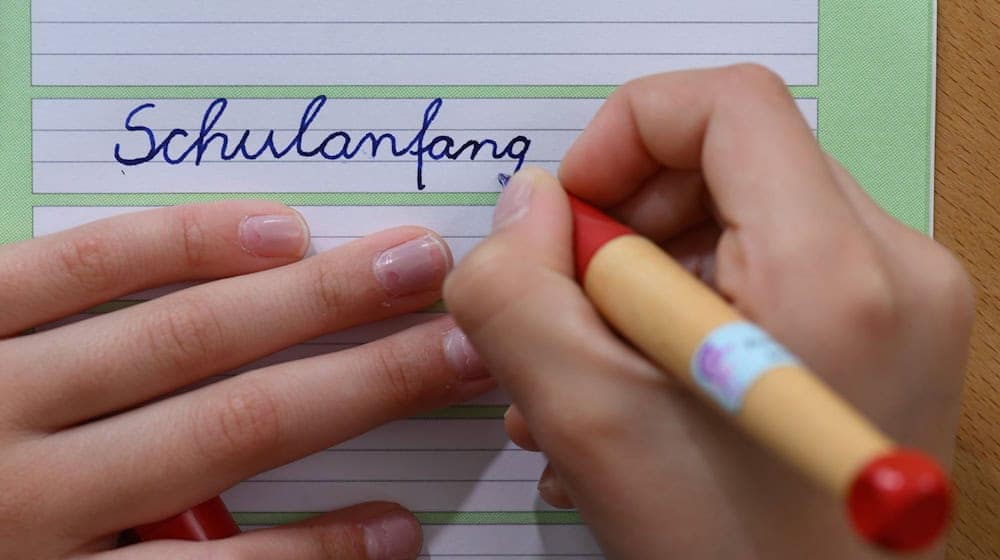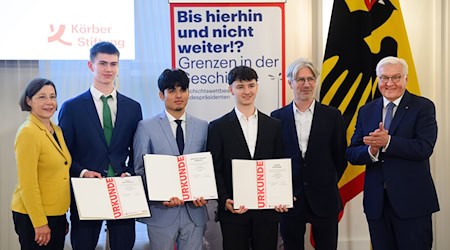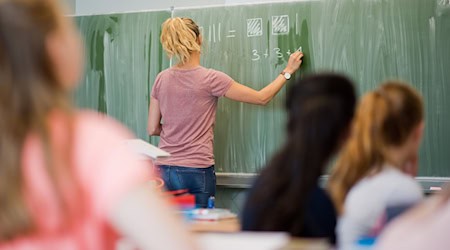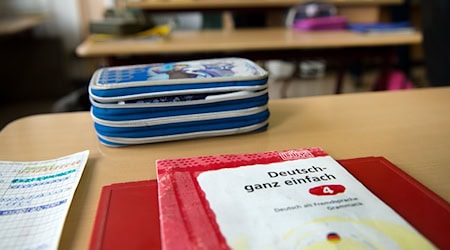According to forecasts by the Standing Conference of the Ministers of Education and Cultural Affairs (KMK), the number of pupils in Saxony-Anhalt is set to fall from next year. According to the data published at the weekend, there will be 255,750 pupils in 2025 and 254,540 in the coming years. The forecast for 2030 is 241,160 children and young people, followed by 197,420 in 2040.
Saxony-Anhalt is in line with the trend in eastern Germany
Saxony-Anhalt is thus in line with the trend in eastern Germany, with numbers also falling in neighbouring Thuringia in 2026 and in Saxony from 2027. In the eastern German states, there will be a drop of 16 percent in 2040 compared to 2024. In the west, the peak will be reached in 2032. Nevertheless, the number of pupils nationwide will remain at a high level even after 2032. "In 15 years' time, there will still be more children and young people in the education system than there are today," the KMK announced.
The states are to use the calculations to plan school construction, staffing requirements and individual support measures, among other things.
According to the forecasts of the Conference of Education Ministers, the number of pupils nationwide will increase from 11.2 million in 2024 to just under 11.8 million in 2032. This would mean around 24,000 additional classes or almost 1,200 new schools,
KMK President: The course must be set today
According to Left Party politician Simone Oldenburg, President of the Conference of Education Ministers and Education Minister of Mecklenburg-Western Pomerania, the framework conditions must be designed in such a way that the system can meet the needs of higher pupil numbers. "Needs change - sometimes in elementary school, sometimes in secondary school. We need smart management and flexibility based on reliable data. We need to set the course today: with sufficient teaching staff, modern infrastructure and reliable digital equipment."
According to the KMK, the current development is determined by two opposing trends: On the one hand, the high level of immigration in recent years - primarily due to Russia's war against Ukraine - is having a significant impact. Around 230,000 pupils of Ukrainian origin are included in the forecast. On the other hand, the birth rate has fallen noticeably since 2022. These low birth cohorts will shape the education system in the coming decades and lead to a long-term decline in student numbers.
Copyright 2025, dpa (www.dpa.de). All rights reserved










